Disclosure: This article contains affiliate links. We may earn a commission from purchases at no extra cost to you, which helps our travel content.
There's something about Oakland that reminds me of my beloved Marseille—a port city with gritty edges that cradles profound cultural richness within its neighborhoods. After numerous visits to the Bay Area for sustainability conferences, I've developed a deep appreciation for Oakland's authentic character that exists beyond the shadow of its glamorous neighbor across the bay. C'est une ville avec une âme—a city with a soul—where community resilience and creative expression have transformed urban challenges into cultural treasures. Join me as I unveil the Oakland that locals cherish, where sustainability and cultural preservation aren't just buzzwords but a way of life.
Lake Merritt: The Heart That Beats Beyond the Obvious
Most visitors admire Lake Merritt's glimmering necklace lights from afar, but the true magic lies in the cultural microcosms that encircle this urban lagoon. On Saturday mornings, I make my pilgrimage to the Grand Lake Farmers Market, where the sustainable food movement thrives beyond tourist fanfare. Here, I've spent hours in conversation with farmers from the Central Valley who bring drought-resistant heirloom varieties that remind me of Morocco's resilient agriculture.
The Cleveland Cascade, a once-forgotten historic stairway on the lake's northeastern edge, has become my meditative retreat. Restored by community volunteers, these 139 steps offer both a vigorous workout and a metaphor for Oakland itself—beauty reclaimed through collective action. At sunset, bring a insulated water bottle filled with herbal tea and watch as the city lights begin their evening dance across the water.
For a truly local experience, join the informal drum circles that gather near the pergola on Sunday afternoons, where elders from diverse traditions share rhythms that have sustained communities for generations.

💡 Pro Tips
- Visit the Grand Lake Farmers Market on Saturday mornings for the best selection and bring reusable bags
- Walk the Cleveland Cascade steps early morning or at sunset to avoid crowds and capture beautiful light
- Bring cash for the street vendors who sell homemade tamales near the colonnade—they're some of the best in Oakland
Fruitvale's Culinary Corridor: Beyond Taco Trucks
While Oakland's taco trucks have earned deserved fame, Fruitvale's International Boulevard offers a deeper immersion into living food traditions. This neighborhood reminds me of my doctoral research in Peru's coastal communities—places where recipes serve as vehicles for ancestral knowledge and ecological wisdom.
Begin your exploration at Ratto's International Market, a 125-year-old establishment where sustainability wasn't a trend but a necessity born from immigrant frugality. Their bulk spice collection is unmatched; I always replenish my spice storage containers with rare finds like Mexican epazote and Moroccan ras el hanout.
Two blocks east, Nyum Bai serves Cambodian dishes that tell stories of cultural preservation through cuisine. Chef Nite Yun's commitment to traditional techniques mirrors the indigenous knowledge systems I've documented across desert regions. For the most authentic experience, visit on weekday afternoons when local families gather.
Don't overlook the community gardens tucked between buildings. Planting Justice's nursery on 105th Avenue demonstrates urban agriculture principles I've seen work from Marrakech to Bakersfield—proof that traditional ecological knowledge offers solutions to food deserts worldwide.
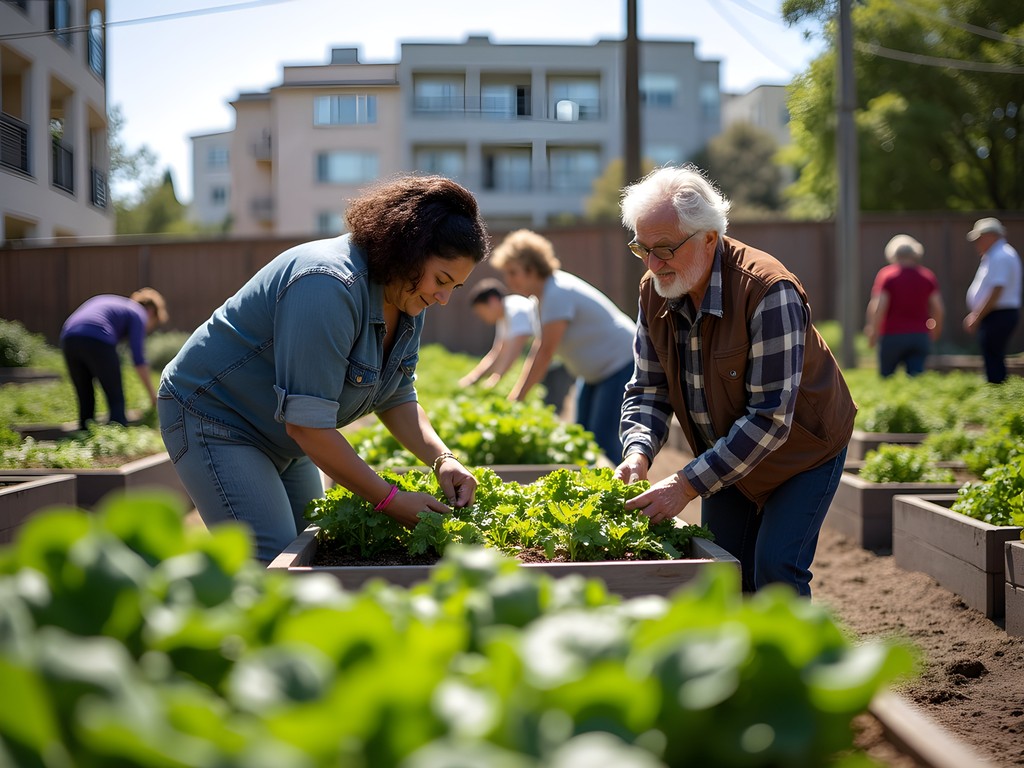
💡 Pro Tips
- Ask for the daily specials at smaller family restaurants—these are often traditional dishes not listed on regular menus
- Bring small bills for the produce stands where local Southeast Asian families sell vegetables grown in community gardens
- Visit Fruitvale Public Market on the first Sunday of each month when cultural demonstrations showcase traditional food preservation techniques
West Oakland's Creative Alchemy
West Oakland embodies the transformative spirit I've witnessed in resilient communities worldwide—where necessity breeds innovation and abandoned spaces become canvases for cultural renaissance. This historically Black neighborhood that once housed Pullman porters and shipyard workers now incubates artistic and environmental visionaries.
The Alliance Recycling Center closed years ago, but its legacy lives on at PLACE for Sustainable Living, an eco-demonstration site where I've participated in workshops on greywater systems that mirror techniques I documented in Morocco's Atlas Mountains. Their monthly skill-shares draw locals interested in practical sustainability rather than performative environmentalism.
For those seeking authentic connection with Oakland's artistic pulse, bypass tourist galleries for The Crucible's open studio nights. This industrial arts education center offers community classes in everything from blacksmithing to glass blowing. I keep my leather work gloves in my daypack just in case there's an opportunity to join a hands-on demonstration.
End your West Oakland exploration at Bottles & Brushes, a wine bar and art studio owned by a third-generation Oakland family. Their walls showcase rotating exhibits by local artists addressing environmental justice—a perfect venue to reflect on how creative expression and sustainability intertwine in urban contexts.

💡 Pro Tips
- Check The Crucible's website for their free community events that don't require pre-registration
- Bring a reusable container to Horn Barbecue if you plan to take food to go—they appreciate sustainability-minded customers
- Visit People's Community Market for locally-sourced products that support Oakland's food justice initiatives
Jingletown: The Secret Artistic Enclave
Nestled between the estuary and the freeway, Jingletown represents Oakland's quieter creative revolution. This former industrial zone—named for the jingling coins of mill workers returning home—now houses artist collectives whose approaches to sustainability mirror indigenous practices I've studied across the American Southwest.
The neighborhood reveals itself gradually to those willing to explore on foot. I recommend beginning at Institute of Mosaic Art, where community-created murals incorporate recycled materials in ways that remind me of Moroccan zellij tilework—traditional techniques repurposed for contemporary environmental messaging.
The true hidden gem is the network of pocket gardens connected by the Sausal Creek Walkway. Local residents have transformed vacant lots into native plant sanctuaries that serve as living seed banks for California's threatened botanical diversity. During my last visit, I documented these practices with my waterproof field notebook, noting parallels to traditional ecological knowledge systems in desert communities worldwide.
For a quintessential Oakland experience, time your visit to coincide with Jingletown Art Studios' open houses (typically the first weekend of June and December). Unlike commercialized art walks, these events offer genuine conversations with artists about how their work addresses climate resilience and cultural preservation.
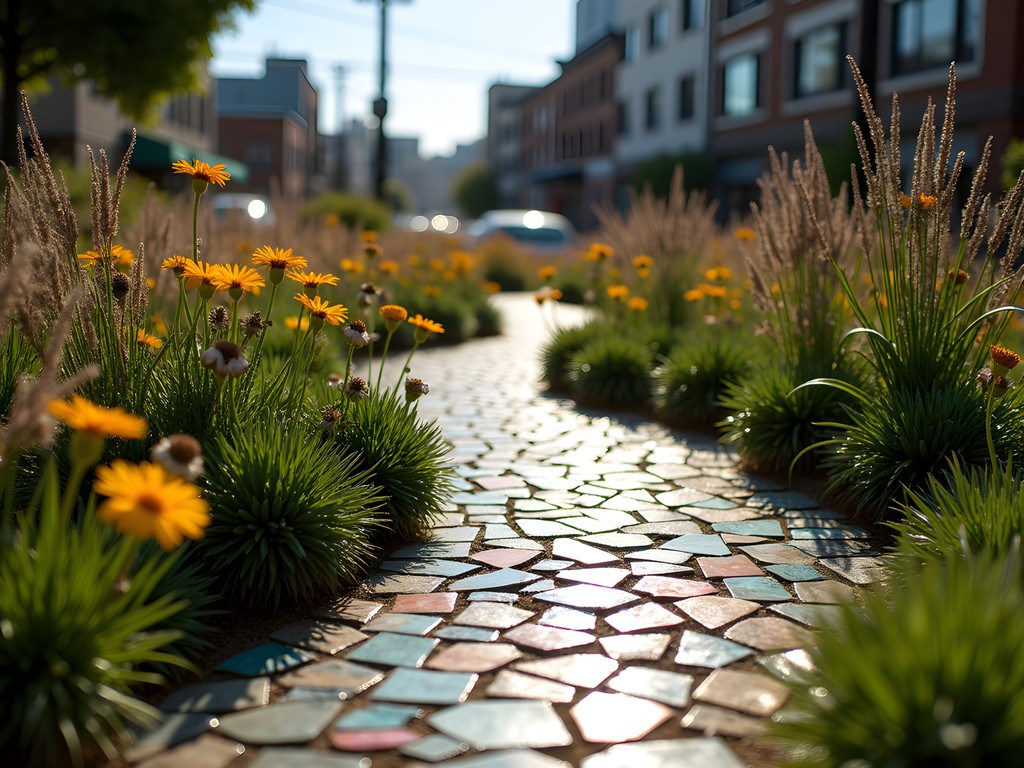
💡 Pro Tips
- Look for the yarn-bombed street signs that mark entrances to hidden art installations and gardens
- Visit on Second Saturdays when most studios welcome visitors without formal announcements
- Pack a picnic lunch from Luckyduck Bicycle Café to enjoy along the estuary waterfront where locals gather
Oakland's Sacred Spaces: Finding Quiet in Urban Rhythms
Beyond the vibrant markets and artistic enclaves, Oakland offers contemplative spaces where one can witness the intersection of spiritual traditions and environmental stewardship. As someone who has studied how desert communities integrate sacred practice with ecological knowledge, I find these sites particularly meaningful.
The Oakland Mormon Temple gardens are open to all visitors regardless of faith. Their drought-resistant landscaping incorporates principles I've observed in traditional water conservation systems from North Africa to the American Southwest. Bring a compact meditation cushion to sit quietly on the eastern terrace at sunset when the bay views are most spectacular.
Less known but equally powerful is the African American Museum and Library, housed in a former Carnegie library. Beyond its historical collections, the building's quiet reading room serves as an urban sanctuary where community elders share oral histories that connect Oakland's environmental justice movement to deeper cultural traditions.
Perhaps most surprising is the Mountain View Cemetery, designed by Frederick Law Olmsted. This 226-acre landscape functions as both cultural archive and biodiversity haven. The cemetery's arboretum contains tree species from five continents, creating a living repository of botanical knowledge. During spring migrations, bring folding pocket binoculars to observe the remarkable bird diversity that finds refuge in this unexpected urban habitat.

💡 Pro Tips
- Visit Mountain View Cemetery on weekday mornings when local botanical enthusiasts lead informal tours of the historic trees
- Check the African American Museum and Library's calendar for elder storytelling sessions that aren't advertised to tourists
- Respect the quiet zones at the Mormon Temple gardens where many locals come for daily meditation practice
Final Thoughts
Oakland reveals itself slowly, like the desert after rain—suddenly blooming with unexpected life in places others might overlook. What makes this city extraordinary isn't found in tourist brochures but in the resilient communities that have transformed urban challenges into cultural treasures. As I've discovered in my work documenting traditional ecological knowledge systems worldwide, the most sustainable practices often emerge from necessity rather than privilege.
In Oakland, as in Morocco's ancient medinas or Peru's coastal villages, the future of sustainable urban living is being written by those who understand that cultural preservation and environmental stewardship are inseparable. The next time you find yourself in the Bay Area, resist the urge to treat Oakland as merely San Francisco's affordable accommodation option. Instead, cross the bridge with intention, slow your pace, and allow yourself to be guided by the rhythms of a city that has much to teach us about resilience, creativity, and authentic community-building. À la prochaine fois, Oakland—until we meet again.
✨ Key Takeaways
- Oakland's hidden gems are best discovered through connections with local community initiatives and cultural preservation efforts
- The city's most authentic experiences often lie at the intersection of environmental sustainability and cultural expression
- Moving beyond tourist areas reveals Oakland's innovative approaches to urban challenges that mirror traditional ecological knowledge systems
📋 Practical Information
Best Time to Visit
year-round, though September-October offers ideal weather with fewer tourists
Budget Estimate
$150-250/day including accommodations, food, and activities
Recommended Duration
2-3 days minimum to explore beyond surface attractions
Difficulty Level
Beginner
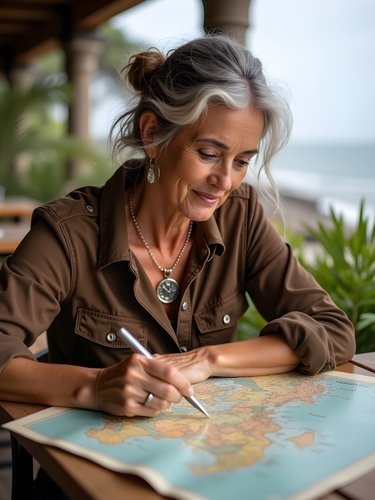


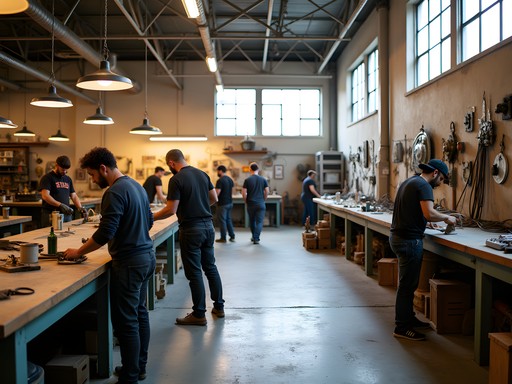

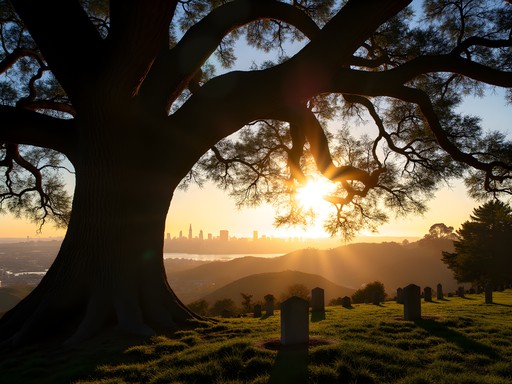



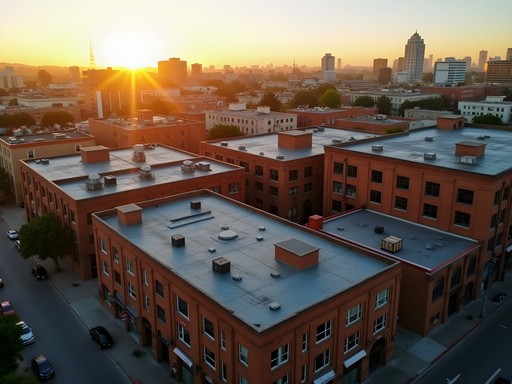
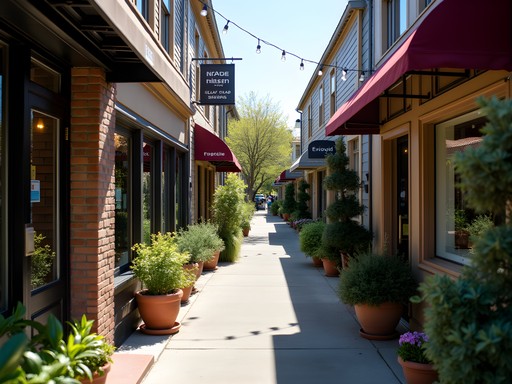

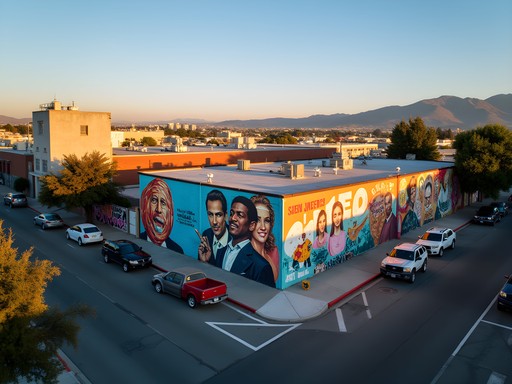

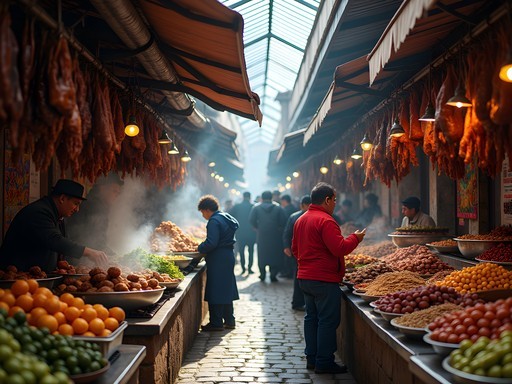

Comments
roamclimber
The comparison to Marseille is spot on! Both cities have that perfect mix of grit and beauty.
journeyqueen
Love this! Oakland > SF any day. Those Fruitvale restaurants are the real deal.
coffeebackpacker
Spent a week in Oakland last fall and can confirm Fruitvale's food scene is incredible! The International Blvd taco crawl mentioned in the article is a must. We tried five different spots and each had their own specialty. My favorite was the birria spot that does the cheese-crusted quesatacos. Also, don't skip the Vietnamese coffee at that little corner cafe in Jingletown (can't remember the name but locals will point you there). We stayed at an Airbnb in West Oakland and used my transit guide to navigate the BART system which was super convenient for getting around.
wavevibes
Great article! How safe is it to explore some of these areas solo? I've heard mixed things about Oakland safety.
roamclimber
I walked all around Lake Merritt and Fruitvale solo last year and felt completely fine. Just use normal city awareness like anywhere else.
wavevibes
Thanks! That's reassuring to hear.
Sarah Powell
This piece really captures what makes Oakland special. I spent three days there last year and completely agree about Lake Merritt being the heart of the city. The Saturday morning farmers market at Grand Lake was a highlight - the diversity of vendors and food stalls rivals anything I've seen elsewhere. What I appreciated most about Oakland was how the neighborhoods each maintain their distinct character while still feeling connected. The cultural richness Audrey mentions is absolutely spot-on. I'd add that the Oakland Museum of California is worth a visit too - their Friday Nights events combine art, food trucks, and music in a way that perfectly embodies Oakland's community spirit.
winterhero8650
The Friday Nights at OMCA are amazing! Did you try the pupusas from that food truck? Life-changing.
Sarah Powell
Yes! Those pupusas were incredible. The curtido they serve with them is perfectly tangy.
travelphotographer
Finally someone giving Oakland the love it deserves! Those Jingletown murals are incredible.
escapestar
I've lived in SF for years and always overlooked Oakland until recently. Your post inspired me to spend a weekend exploring! The Lake Merritt farmers market was incredible - got some amazing sourdough and local honey. The lake itself is so peaceful compared to our crowded parks in SF. Jingletown art scene blew me away too. Thanks for showing there's so much more to the East Bay than people realize!
Audrey Young
So glad you crossed the bay! That farmers market is one of my favorite weekend rituals when I'm in town. Did you get a chance to check out any of the galleries in Jingletown?
escapestar
Yes! Visited Gray Loft Gallery and was really impressed. Planning to go back for their First Friday event next month!
Taylor Moreau
As someone who frequently visits Oakland for business, I appreciate this nuanced take that goes beyond the standard tourist narrative. The Fruitvale section particularly resonated - I've been conducting meetings in Oakland quarterly for years and only recently discovered the culinary diversity there. La Grana Fish offers some of the best fish tacos I've encountered globally. For business travelers with limited exploration time, I suggest Lake Merritt for morning runs - the 3.1 mile loop provides both exercise and cultural immersion. The Grand Lake Theatre's vintage marquee makes for an excellent backdrop for video conferences if you need a change of scenery. Oakland's proximity to SFO while offering more reasonable accommodation rates makes it an underrated business travel hub.
Gregory Boyd
Brilliant write-up on Oakland! I spent three weeks there last year as part of my West Coast analysis and found the city's contrasts fascinating. Your Marseille comparison is spot-on - that industrial-cultural juxtaposition creates something special. West Oakland's transformation particularly intrigued me - those repurposed warehouses hosting everything from metalwork studios to underground music venues show remarkable urban evolution. I'd add Brown Sugar Kitchen to your list - their chicken and waffles provided necessary fuel for my neighborhood explorations. The Oakland Museum of California also offers an exceptional deep-dive into the area's complex history. Oakland deserves more attention in travel circles.
luckyvibes4294
Do you need a car to explore these areas or is public transportation decent?
Gregory Boyd
Not the author, but I explored Oakland entirely by public transit last year. BART gets you to major hubs, and buses connect most neighborhoods mentioned here. I found using the transit app incredibly helpful for navigating. Lake Merritt is particularly accessible - just get off at the BART station with the same name. For Fruitvale, there's a direct BART stop. Jingletown requires a bit more planning with buses, but totally doable without a car.
Venture X
Premium card with 2X miles, $300 travel credit, Priority Pass